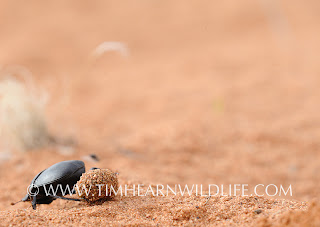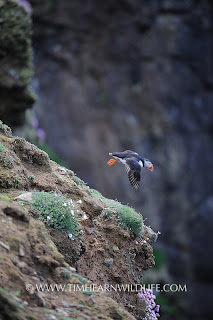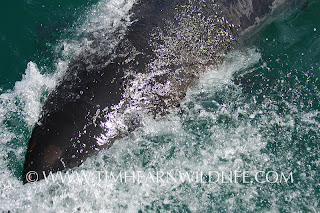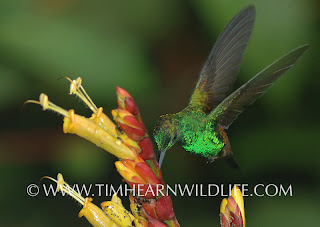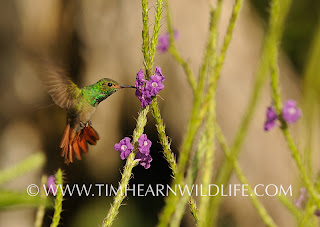You'd be hard pushed to name an animal that scares people as much as the Great White shark. Ever since Stephen Spielberg filmed Jaws, this massive apex predator has been the ocean's number one villain.
But does it live up to its fearsome reputation? Well, yes and no. Yes, in that it's a big, menacing shark. When you're in a cage and an 18-foot Great White cruises past, it looks the size of a bus. But they aren't as big as they used to be. So many are killed now, that few live to attain their full size.
What I wasn't prepared for is how charismatic the Great White is. For a start, it's beautiful. The colour varies from individual to individual, but mostly it's a stunning dark grey-green, flecked with gold. The eye isn't black, as I'd always assumed. It's a gorgeous dark blue.
And far from being an indiscriminate killing machine, it's actually appealingly cautious. The sharks tend to circle the dive boats for a while, checking everything out before closing in on the bait. Great Whites can see above the water as well as below it, so they often make a pass with one eye out of the water when there's a boat around. They're the only shark to do this. They're smart.
And being smart, they have definite personalities and moods. Some are grouchy, some playful and some curious. Some differ on a daily basis. But all are fascinating. I have never been cage diving with Great Whites and been ready to return to shore.
Sharks don't eat people. Unlike seals - which, admittedly, they occasionally mistake us for- we don't have enough fat on our bodies to make it worthwhile. But sharks do have a great curiosity about anything that enters their domain, and that's where trouble can start.
Great whites adopt an investigative method called bump and bite. Basically, they'll give something a bash with their nose, and then a quick bite to see if it's tasty. A human being isn't tasty.
Unfortunately the shark doesn't know that, until after it's chewed off a mouthful. You can see the problem.
The point is, that nine times out of ten, a shark attack isn't an attack at all. It's a feeding mistake. Like eating a pot-noodle. Looks like food, tastes like pot-noodle. You wouldn't do it again. Not sober, anyway.
And the statistics would seem to support this. There are typically only about 80 shark attacks reported per year, worldwide. Fatalities are rare. Only about 450 reported in the last 400 years. Although the key word there is
reported. That means that the figures are undoubtedly higher.
But statistically, you're still more likely to be killed by riding a bicycle.
Contrast that to the estimated 70 million sharks killed each year by humans. Going by
that statistic the sharks shouldn't get out of bed in the morning. They'd probably be fatally injured.
And that's why it's important that we do our bit to stop the hunting and slaughter of the world's sharks.
Because, dammit, these beautiful creatures deserve their chance to be killed by riding a bicycle.




